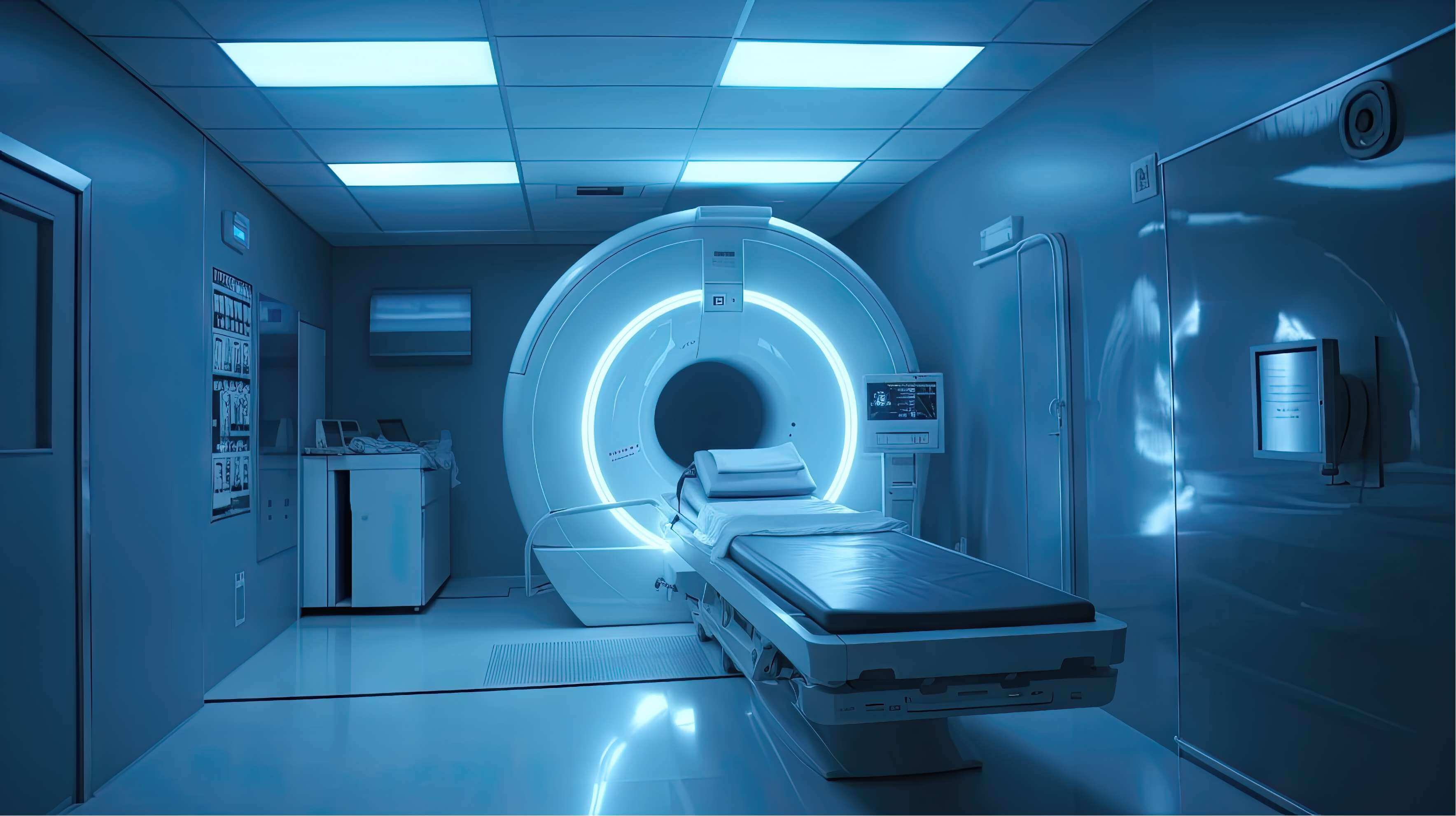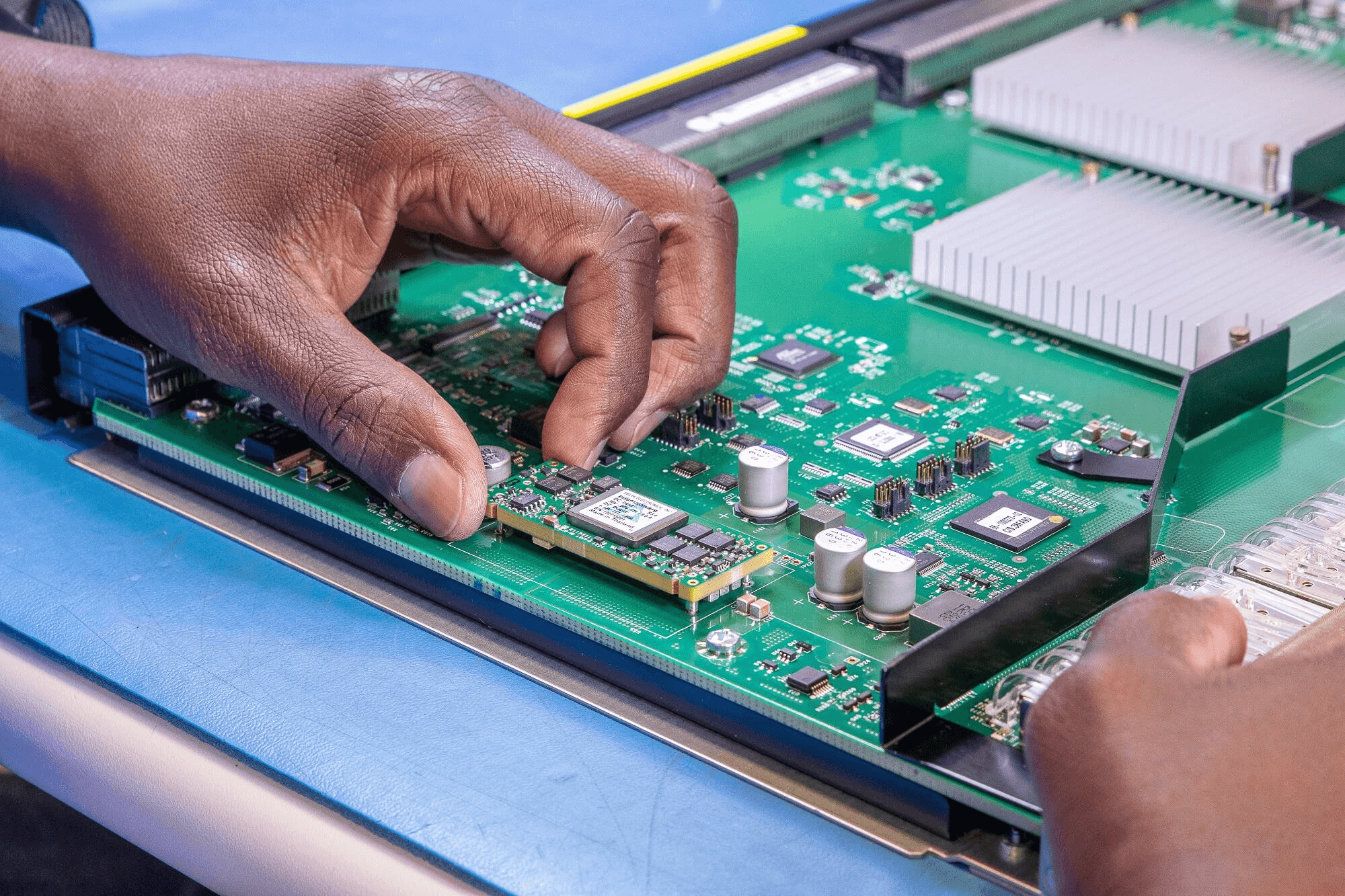Medical devices are incredibly varied. The product category includes everything from simple tongue depressors and cotton swabs to precision surgical instruments and technologically sophisticated diagnostic equipment.
Regardless of complexity, they share one thing in common: A decision must be made at the outset regarding how they should be used. Generally speaking, there are two paths that a medical device original equipment manufacturer (OEM) can take — consumable or repairable.
Defining Consumable vs. Repairable
Consumable devices are products designed for one-time use. They fall into the rhythms of a linear economy, where “take-make-waste” is the prevailing motion — though it’s less harsh than the word “waste” makes it seem when sound reasoning drives the decision. On the other hand, repairable devices are those whose components, functionality and/or product lifespan lend themselves to repair or refurbishment instead of replacement. They often become part of the circular economy, where “first, do no harm” is the prevailing ethos that underscores a desire to keep materials in use for as long as possible. For medical devices that could go either way, there are myriad advantages and disadvantages to consider.
Why Make Consumable Devices?
While it is laudable to aim for repairability in all devices, it may not be practical or advisable. For instance, needles, sutures and surgical masks can harbor pathogens, be difficult to sterilize effectively or become structurally altered in the normal course of use. While those seem obvious, others are not — in decades past, stethoscopes were used repeatedly until the spread of infection between patients put a stop to the practice. Even expensive devices may be deemed consumable if they are too costly to repair when innovation or technology advancements render them passé.
Financial and feasibility assessments may make the choice to go consumable clear from the outset. In scenarios that are less cut-and-dried, additional cost/benefit analyses around shipping and packaging costs, sourcing and supply chain logistics as well as the availability of skilled repair technicians come into play. Here are some “hidden” costs associated with consumable devices that OEMs should consider before making a final decision:
- Inventory: Stocking efficiently for original manufacturing runs, managing production flows over time and coping with unanticipated demand (or lack thereof)
- Replacement parts: Dealing with price fluctuations, hard-to-source items and supply chain disruptions during production
- Ramping production: Staffing appropriately, purchasing manufacturing equipment, expanding or redesigning facilities, etc.
- Risk to patients: Production issues that could negatively impact individual patients or even entire populations
- Environmental impact: Contributing to the world’s mountain (and ocean) of e-waste and everyday rubbish, and following through on commitments to sustainability
Why Make Repairable Devices?
As the term implies, repairable devices are just that — medical devices and equipment that can be fixed or refurbished when broken. Oftentimes, such products stay in market for years, especially when the cost to replace them outweighs the service they’re providing. Diagnostic equipment such as MRIs and X-ray machines are good examples, as are highly calibrated machines used in medical laboratories and surgical robots found in operating rooms. Product engineers should consider every material and component in the device in terms of what is likely to need replacing down the road and design with repairability in mind. They know that a malfunctioning semiconductor is cheaper to replace than a multi-million–dollar CAT scan device, for example.
In addition to ease of repair, they may also think in terms of reuse and recycling when products reach the end of their usable life. Repair and refurbishment open the door to new revenue streams or cost containment opportunities downstream from the purchase of the equipment itself. As an example, components replaced by newer versions may still be viable, creating an opportunity for reuse that lowers the cost of manufacturing overall. Repair services can also jumpstart sales conversations about future needs, give OEMs a natural avenue to enhance customer relationships and bolster their reputation with customers, investors and business partners interested in environmental sustainability.
“Design with the end in mind” is the cornerstone of the repair/reuse/recycle mentality, enabling medical device OEMs to proactively address common repair service challenges well in advance. This approach includes:
- Design thinking: Making informed choices about raw materials, components, manufacturing processes and what happens when disposal is unavoidable
- Planning for what might break: Clear-eyed assessment that influences spare parts planning, inventory management and stocking-level maintenance
- Preparing to scale: Thinking through processes, facility capacity, supply chain efficiency and labor availability before they become an issue
- Coordinating logistics: Taking into consideration shipping, service turnaround, repair accuracy and other factors that that are of the utmost importance when a customer’s medical device is taken offline for any length of time
When “Repairable” Is the Right Answer, Engage an Expert Global Repair Services Partner
Medical device OEMs’ core capabilities center on product development, innovation and production — not on repair services. Outsourcing some or all of the services involved in repair, refurbishment, recycling and responsible disposal to an expert with proven global capabilities, skilled technicians and an established infrastructure in place often makes the most sense for long-term success and technology value.
Learn more about harnessing the power of this type of partnership in “How to Outsource Medical Device Repair Services With Confidence.”
About the Author
 Steve Bair has been with the company since 1997 and currently serves as the Director of Global Engineering for the repair services organization within Shyft Global Services. He has extensive experience with and passion for product and services solution design, engineering, delivery and management. He has a proven track record in cross-functional leadership roles as well as weighing and balancing the objectives of the company and the customer to develop innovative solutions that solve complex business needs.
Steve Bair has been with the company since 1997 and currently serves as the Director of Global Engineering for the repair services organization within Shyft Global Services. He has extensive experience with and passion for product and services solution design, engineering, delivery and management. He has a proven track record in cross-functional leadership roles as well as weighing and balancing the objectives of the company and the customer to develop innovative solutions that solve complex business needs.





